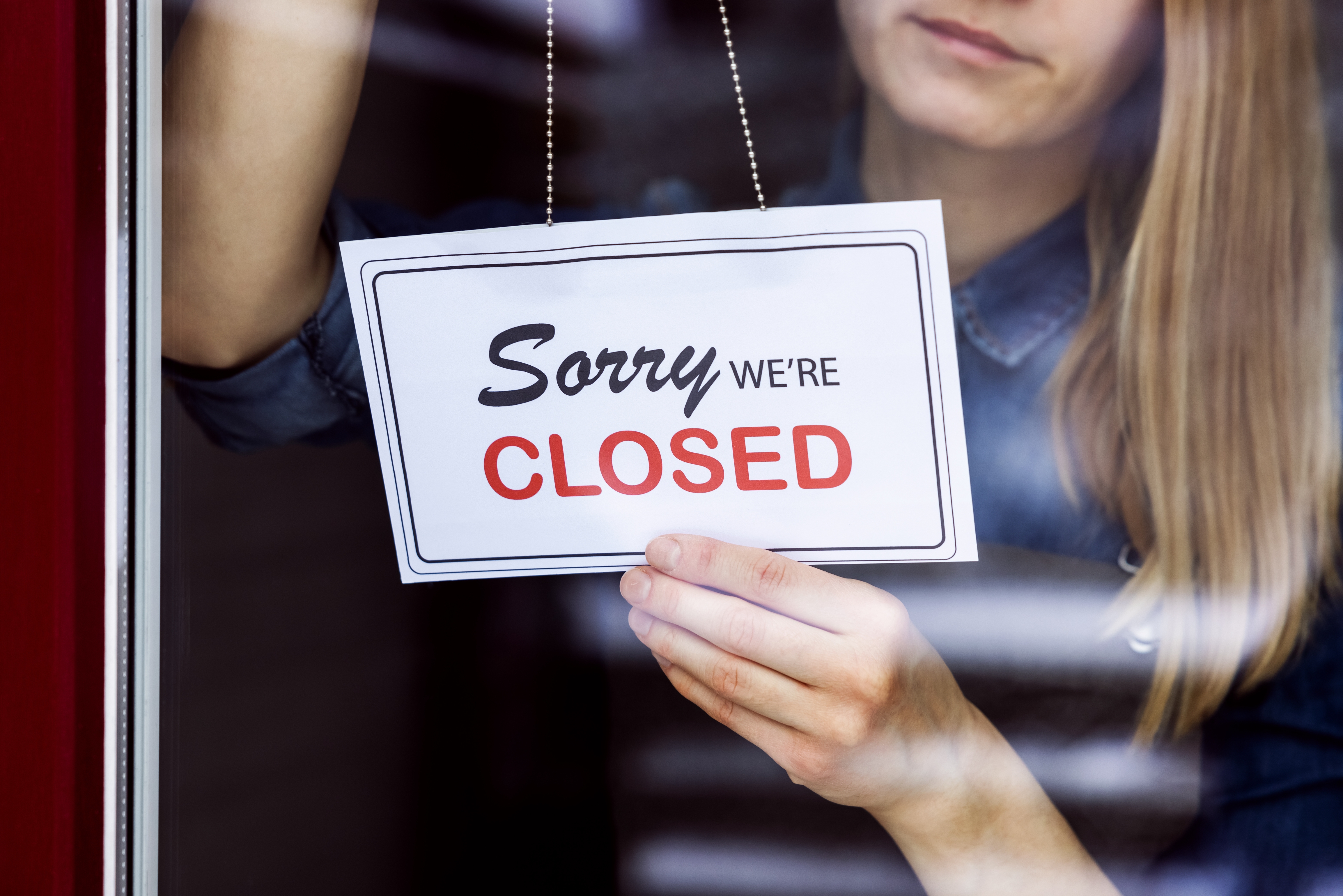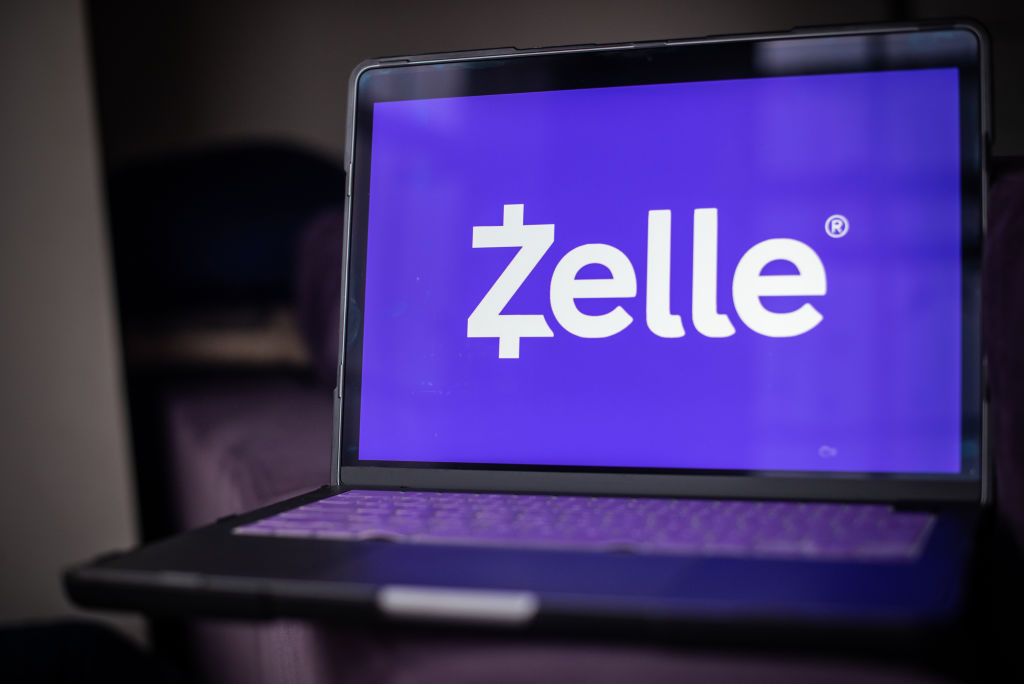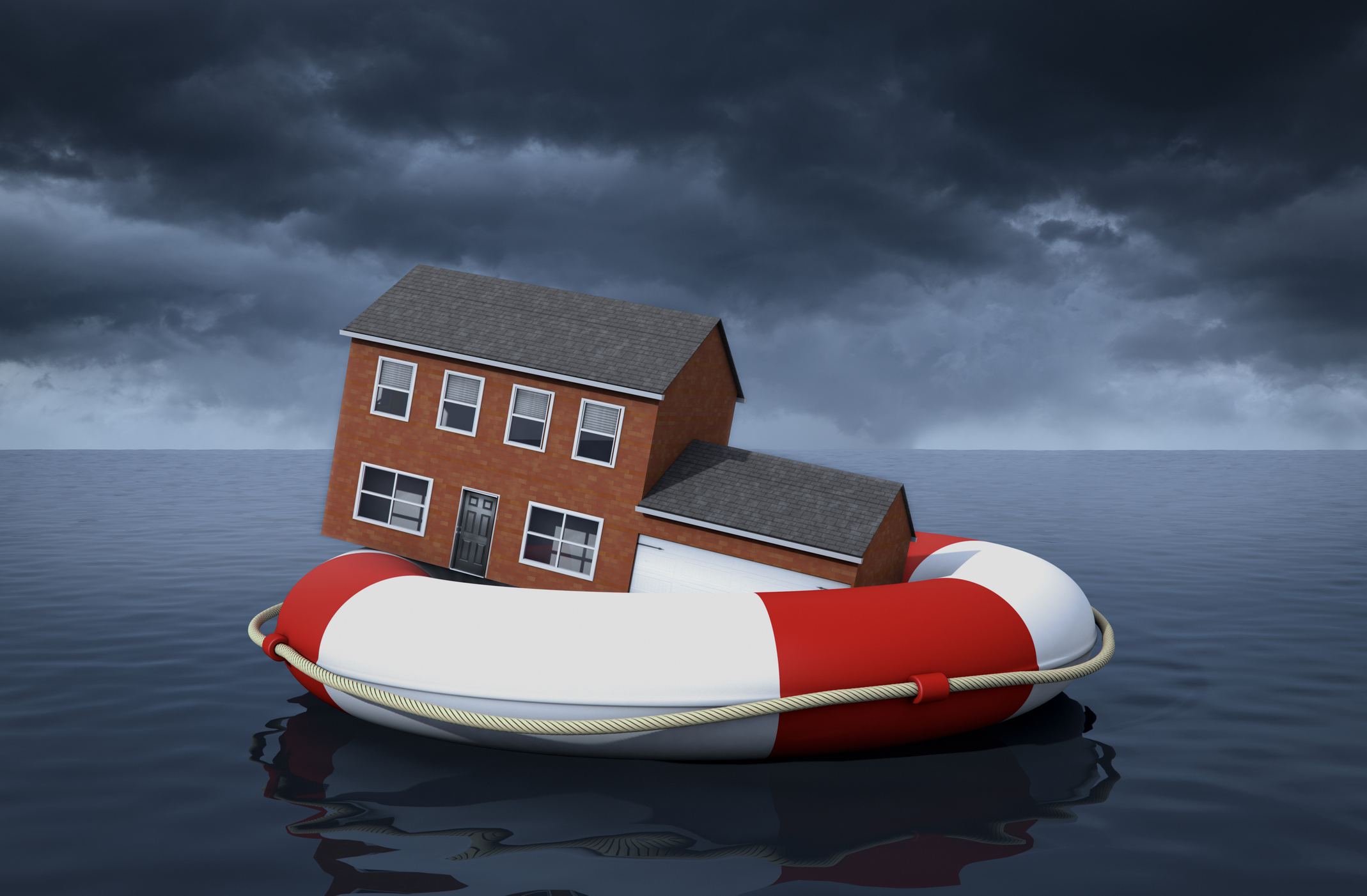Best No-Fee High-Yield Savings Rates
Looking for a risk-free way to grow your money, avoid fees, and stay ahead of inflation? Here are the best accounts to consider.

Rachael Green
If you’re looking to find a great high-yield savings account, but want to avoid pesky fees, you’re in luck. Many savings accounts let you avoid monthly fees while still earning a high rate of return, in many cases over 4%.
With a no-fee high-yield savings account, you’ll have the benefit of a high APY, but won’t have to cut into your earnings by offsetting any additional monthly fees.
Best of all, now is an excellent time to secure a higher rate. The Federal Reserve didn't cut rates at their March meeting, and while rate talks have been floated later this year, there's no certainty they will happen either.
The best no-fee high-yield savings rates
We've looked at the current APY rates for no-fee high-yield savings accounts and listed some of the best-earning accounts below, several of which can be found via Raisin:
Account | APY | Min. Opening Deposit |
|---|---|---|
4.45% | $0 | |
4.40% | $100 | |
4.35% | $0 | |
4.26% | $0 | |
4.25% | $500 | |
4.24% | $1 | |
4.10% | $100 | |
4.00% | $10 | |
3.80% | $0 |
Use our tool, in partnership with Bankrate, to search further for some of the best high-yield savings accounts available:
Tips for opening a no-fee high-yield savings account
Before you open a no-fee high-yield account, there are a few things to keep in mind.
Look out for hidden fees: Brick-and-mortar banks and credit unions are more likely to have minimum balance requirements than online banks. In all cases, check to see what if any requirements exist before opening the account so fees don't eat at interest earnings.
Make sure your money is safe: Another important thing to consider when opening any form of savings account is to make sure your money is FDIC insured, so you know it’ll be safe in the event the bank fails. The FDIC protects up to $250,000 in individual deposit accounts and up to $250,000 for each person’s share of joint accounts. Credit Union members also receive $250,000 through the NCUA.
Compare high-yield rates: It’s a good idea to shop around for savings accounts to ensure you get the best rates. Usually, online banks offer more generous APYs on savings accounts, so changing from your traditional savings account at a brick-and-mortar bank to one online could be a good choice.
Avoid teaser rates: Teaser rates are promotional rates that banks use to attract new customers, but these are typically short-lived.
Timing is essential: While the Federal Reserve didn't cut rates at their March meeting, there's no telling what the future holds. Locking in rates now when they're still high is a wise option. And make sure to keep up to date with Fed news, so if they cut rates you can act fast and find a better savings solution.
Rates are variable: Since interest rates on no-fee high-yield savings accounts are variable, the APY on the account can decrease from what it was when you first opened the account if the Fed cuts rates in the future.
If you’re anxious to lock in rates for a set period, you may want to consider browsing no-penalty CD rates instead. Interest rates on CDs are fixed for a predetermined term, so if rates do drop, your earnings won’t be affected. Both long-term and short-term CDs exist, so you can decide how long you're willing to tie up your money.
Plus, if you decide you need access to your cash before the CD’s maturity date, there’s no penalty for pulling it out if it’s saved in a no-penalty CD.
Pros and cons of no-fee high-yield savings accounts
Pros:
- Higher APYs: Since high-yield savings accounts have higher APYs than traditional savings accounts, you’ll accrue more interest over time. Plus, interest in these accounts is compounded daily.
- Safety: Many high-yield accounts are FDIC or NCUA insured, meaning that if something were to happen to the bank (or credit union) your account is with, your money will still be safe.
- Accessibility: While there are sometimes limitations to the number of free withdrawals you can make from a savings account, your money is still readily accessible whenever needed.
- No minimum deposit requirements and/or fees: Many high-yield savings accounts charge a monthly fee and/or require a minimum deposit to earn the advertised APY, but no-fee accounts won't.
Cons
- Not suited for long-term goals: If you’re looking to save for long-term goals, like retirement, other investments, like stocks, are usually a better choice for your money. The rate of inflation can be higher than what you accrue in interest.
- Variable interest rates: Since interest rates are variable, the APY on the account can decrease from the rate it was when you opened the account.
- Online banks: Since most high-yield accounts are offered by online banks, you likely won’t have branch access, so contacting customer service can be more challenging.
- Transfers can be time-consuming: If you have a savings account with an online bank and a checking account with a traditional bank, it could take a day or several to transfer funds from your savings to your checking. So if you need immediate access to your savings, make sure you have an active ATM card available.
Bottom line
If you're not saving your cash in a high-yield savings account, you're missing out on easy money. Many high-yield savings accounts offer impressive APYs that can help you bolster your savings with no effort at all. And if you opt for a no-fee account, you won't have to worry about paying any monthly service charges that can eat into the interest you've earned.
Related Content
Get Kiplinger Today newsletter — free
Profit and prosper with the best of Kiplinger's advice on investing, taxes, retirement, personal finance and much more. Delivered daily. Enter your email in the box and click Sign Me Up.

Sean is a veteran personal finance writer, with over 10 years of experience. He's written finance guides on insurance, savings, travel and more for CNET, Bankrate and GOBankingRates.
- Rachael GreenPersonal finance eCommerce writer
-
 6 Stunning Waterfront Homes for Sale Around the US
6 Stunning Waterfront Homes for Sale Around the USFrom private peninsulas to lakes, bayous and beyond, Kiplinger's "Listed" series brings you another selection of dream homes for sale on the waterfront.
By Charlotte Gorbold Published
-
 Six Reasons to Disinherit Someone and How to Do It
Six Reasons to Disinherit Someone and How to Do ItWhether you're navigating a second marriage, dealing with an estranged relative or leaving your assets to charity, there are reasons to disinherit someone. Here's how.
By Donna LeValley Published
-
 How to Get Apple TV Plus for just $2.99
How to Get Apple TV Plus for just $2.99For a limited time, you can get three months of Apple TV Plus for just $2.99 per month. Here’s how to get the deal.
By Rachael Green Published
-
 Don’t Panic About the “Retail Blackout” – See Which Stores Are Closing (and Which Aren’t) for Easter 2025
Don’t Panic About the “Retail Blackout” – See Which Stores Are Closing (and Which Aren’t) for Easter 2025Dozens of major retailers are planning to close their doors on April 20. Find out which of your go-to stores are on the list.
By Rachael Green Published
-
 Home Insurance: How to Cut Costs Without Losing Coverage
Home Insurance: How to Cut Costs Without Losing CoverageNatural disasters are causing home insurance premiums to soar, but don't risk dropping your coverage completely when there are ways to keep costs down.
By Jared Elson, Investment Adviser Published
-
 Why Homeowners Insurance Has Gotten So Very Expensive
Why Homeowners Insurance Has Gotten So Very ExpensiveThe home insurance industry is seeing more frequent and bigger claims because of weather, wildfires and other natural disasters.
By Karl Susman, CPCU, LUTCF, CIC, CSFP, CFS, CPIA, AAI-M, PLCS Published
-
 Zelle App Shut Down? Why Zelle Has Discontinued Its App
Zelle App Shut Down? Why Zelle Has Discontinued Its AppWith the Zelle app shut down, learn how you can still use Zelle and which other mobile payment apps you might want to consider.
By Paige Cerulli Published
-
 How to Lower Home Insurance Rates When Climate Change Increases Costs
How to Lower Home Insurance Rates When Climate Change Increases CostsA top insurer warns the damage climate change causes is making it cost-prohibitive for insurers in some areas. Learn how to protect your home and lower costs.
By Sean Jackson Published
-
 Use This 1-Year CD if You’ll Owe Taxes Next Year
Use This 1-Year CD if You’ll Owe Taxes Next YearA one-year CD allows you to set money aside now for taxes you'll owe next year. We'll show our best choice.
By Sean Jackson Published
-
 Stick to the Plan: Don't Panic During Economic Uncertainty
Stick to the Plan: Don't Panic During Economic UncertaintyTake a breath and step back. Focus on a solid fiscal foundation to stabilize your investments during stock market volatility.
By Eric Lahaie, CFS®, RICP® Published